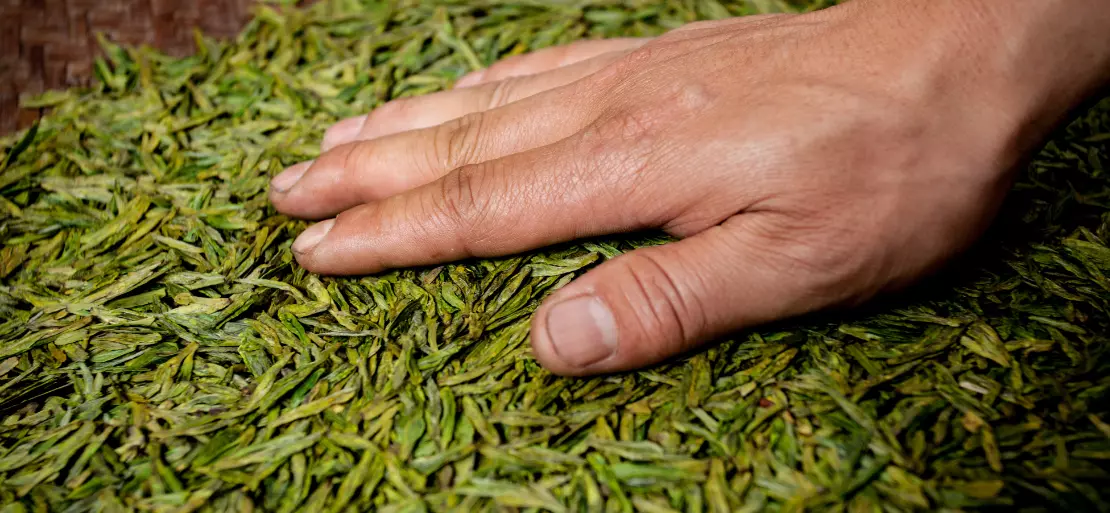Nature's Wrath has had a Tremendous Impact on Tea Production in Assam and North Bengal

Tea supply has been disrupted to the point that Assam and Cachar face 11% and 16% drops, respectively, and Dooars and Terai face 21% and 19% drops, respectively, for the month of June 2022, compared to the same period the previous year.
The tea industry in Northeast India, which includes Assam and North Bengal, accounts for over 81 percent of total production in the country. This region has been battered by nature's fury, which has resulted in extreme rainfall and floods the likes of which have not been seen in recent decades.
According to P.K. Bhattacharjee, Secretary General of the Tea Association of India, the crop has been harmed to the point that Assam and Cachar are down 11% and 16%, respectively, and Dooars and Terai are down 14% and 16%, respectively.
The decrease in productivity is due to a 1.50C decrease in the average maximum temperature in June 2022, which results in less average sunlight hours, to the point where some locations experienced no sunshine 11 days out of 30 in June 2022. The diurnal temperature changes in June 2022 were wider than in June 2021 due to the lower temperature. Furthermore, the price of CTC Tea in the Brahmaputra Valley region fell in May.
As evidenced by the above fact, the viability of the Tea Industry is still threatened by the twin elements of market forces and regression caused by extreme weather. This puts the industry's position for the current season in jeopardy.
Assam's tea business dates back around 172 years. It holds a significant position and contributes significantly to the national economy. In 1833, the government developed a tea garden in the erstwhile Lakhimpur district.
The arrival of fine quality tea from this garden in London in 1938 piqued the interest of the city's commercial circle in tea plantations in Assam, and the Assam Company was formed in 1839 to take over the experimental holdings of the East India Company's Administration over the tea gardens established in Assam until then.
Planters in Assam have struggled to find the appropriate labour force since the commencement of the tea planting. The early experiment with immigrant Chinese labour was a complete failure due to the high expense of recruitment and maintenance, as well as managerial challenges.
There were not enough local labourers available. There was also the possibility of their abandonment. As a result, it became necessary to bring in a huge number of labourers from other regions of India to keep up with the expansion of Assam's tea plantations. As a result of the continuing influx of immigrant labourers, there are currently a huge number of tea garden labourers in the State's tea growing districts.
Assam Tea has an international reputation and holds a major share of the global tea market. Assam's overall tea growing area accounts for more than half of the country's total tea cultivation area. Assam's yearly average tea production is estimated to be between 630 and 700 million kg.

-(1).webp)

.webp)